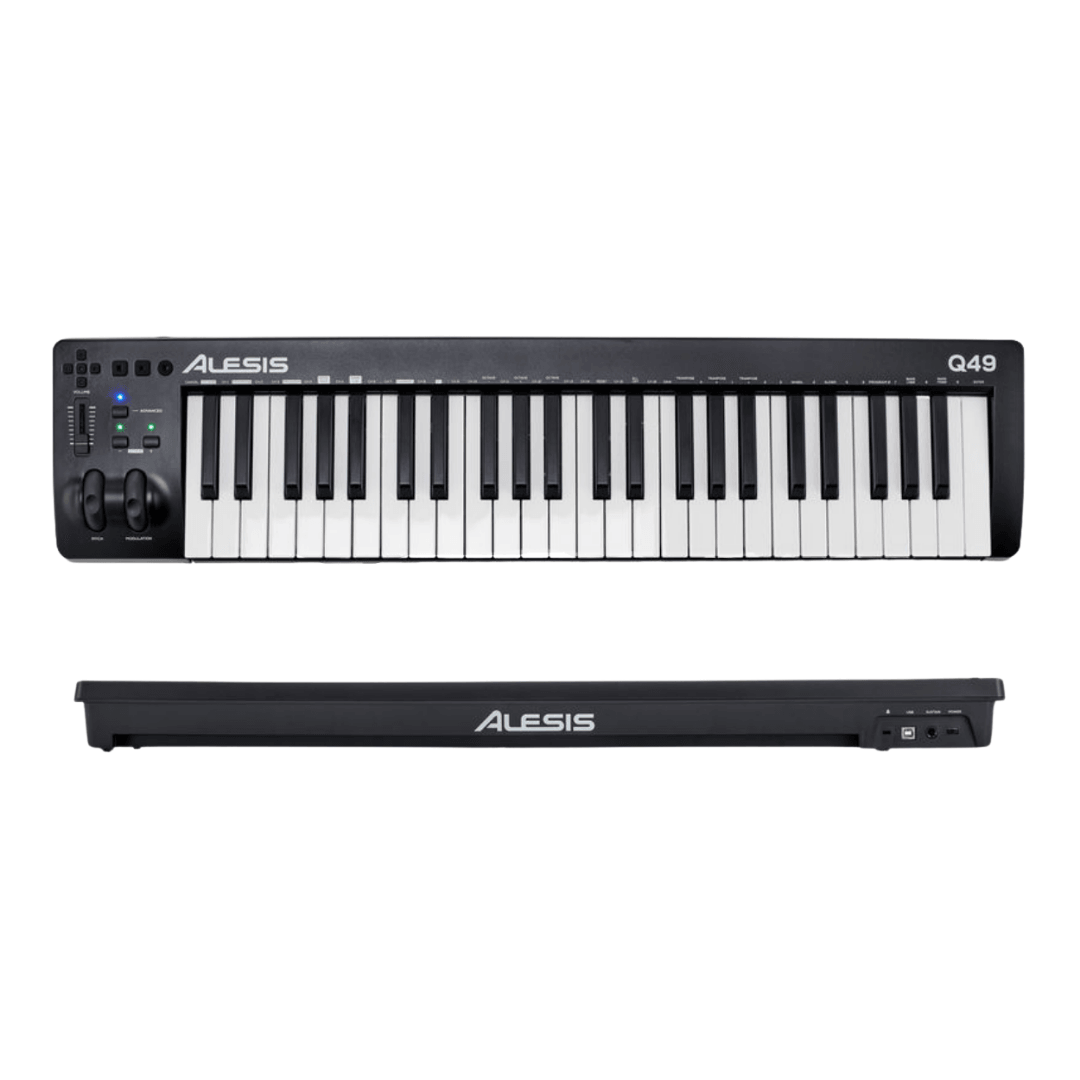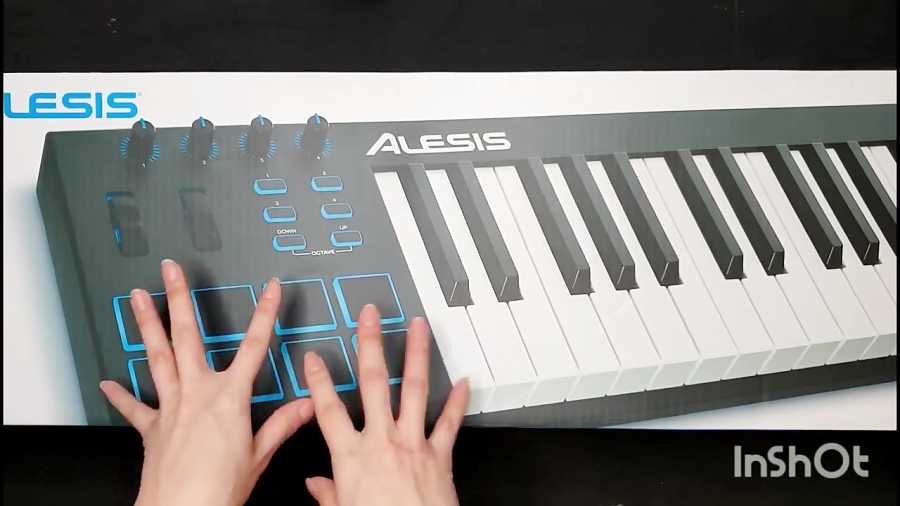



You don't have to manually add a device to it, it is recognized automatically. If you don't see an icon for your MIDI device then OSX doesn't see it (IAC and Network are always visible). If it has only MIDI connectors then you need an additional MIDI interface that converts it to a USB signal.Īs I pointed out before, first check in the MIDI window of the "Audio MIDI Setup" app. Macs only have USB connector so you connect the your MIDI keyboard via USB. The MIDI data is sent via MIDI port (8-pin connector) or a USB connector. You are dealing with a USB MIDI keyboard, that doesn't send out audio data so don't look at audio preferences (built-in audio, Mic, Airplay, etc) I use a lot of diagrams and graphics that helps to understand the underlying concept so its easy to quickly troubleshoot these problems and go back and concentrate on your music. I cover that topic in details in my manual "GarageBand 11 - How it Works (see link below). It seems that this type of question and confusion comes up a lot on forums. If the system (and GarageBand) recognize the Device then you get an Alert that a MIDI device has been added or removed. There you can see what (audio and MIDI) devices are recognized by the system.Īnother quick check is to plug the USB device in and out while GarageBand is open. Open the "Audio MIDI Setup" app (inside the Utilities folder inside the Applications folder).

If for any reason your operating system doesn't "see" your device then it's not GB's fault. GarageBand "asks" the operating system if there is anything available and if yes, then you will see it in GB (check preferences Audio/MIDI). Your operating system has to "see" your external MIDI device. Therefore it only works on a Software Instrument Track in GB. Are you sure you understand the difference between MIDI and Audio?Īs isteveus pointed out your keyboard is sending a MIDI signal and not an audio signal.


 0 kommentar(er)
0 kommentar(er)
